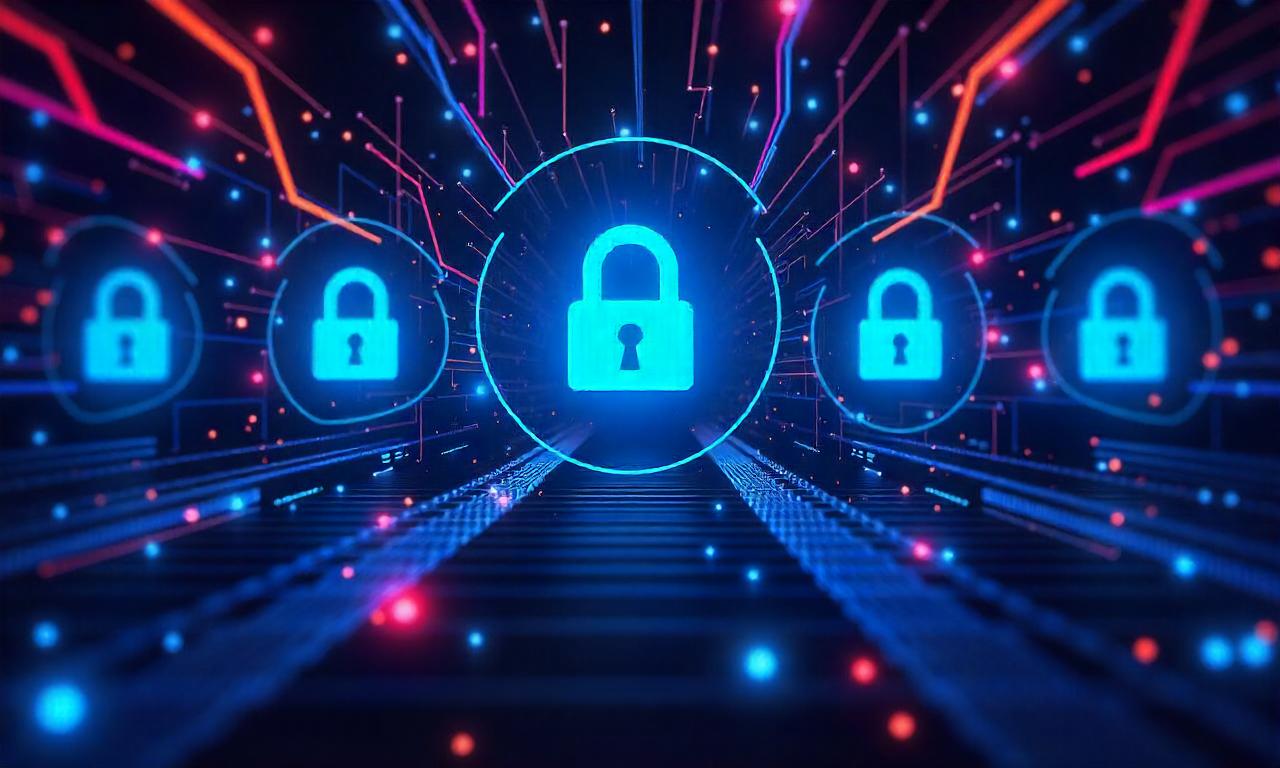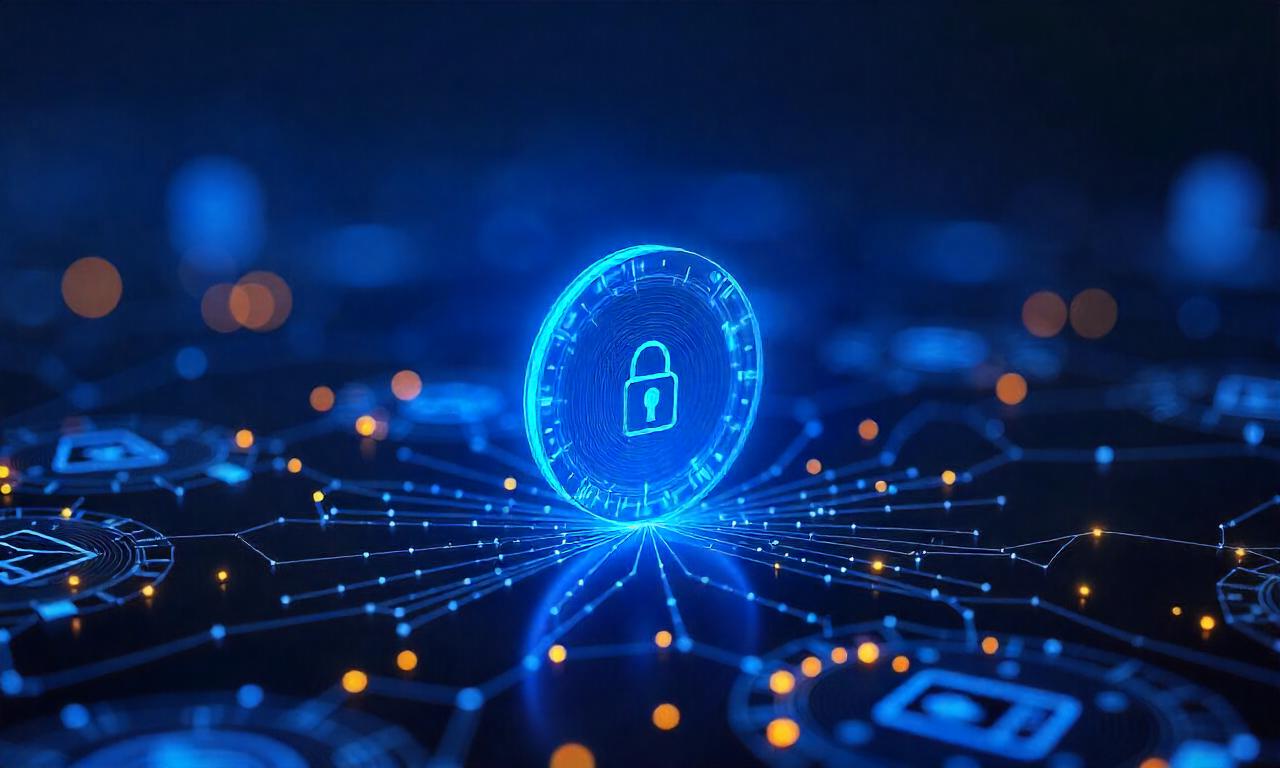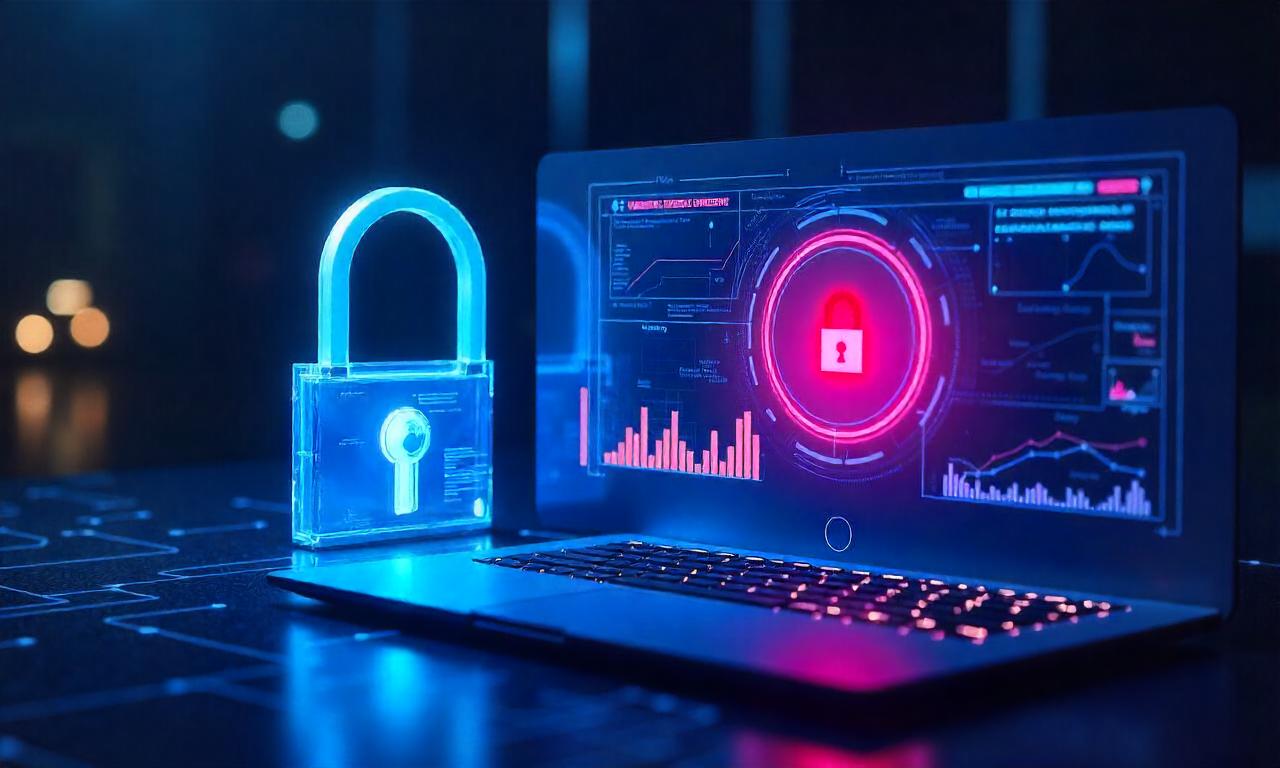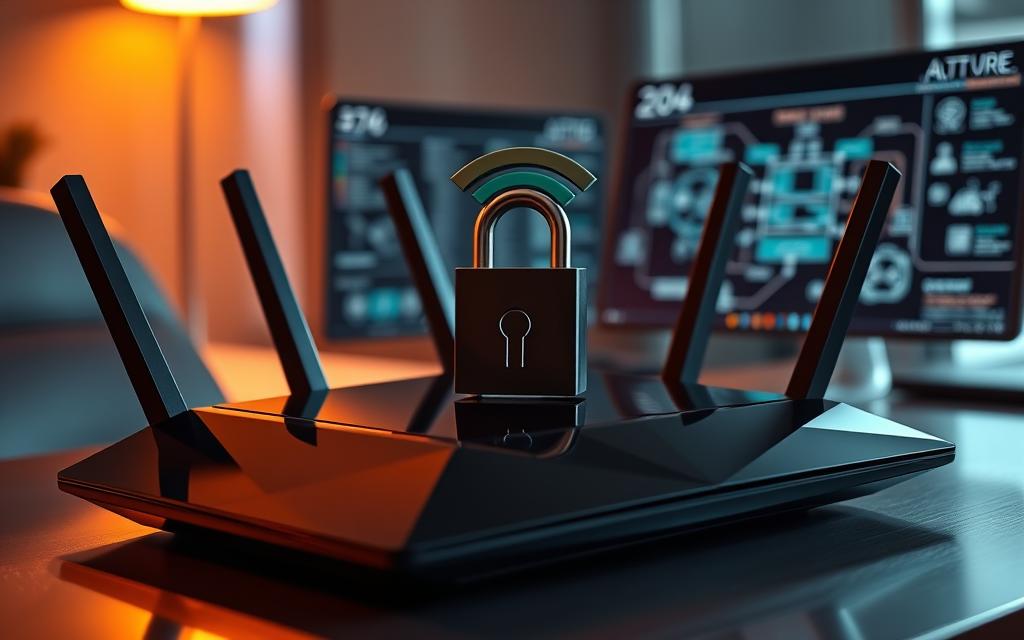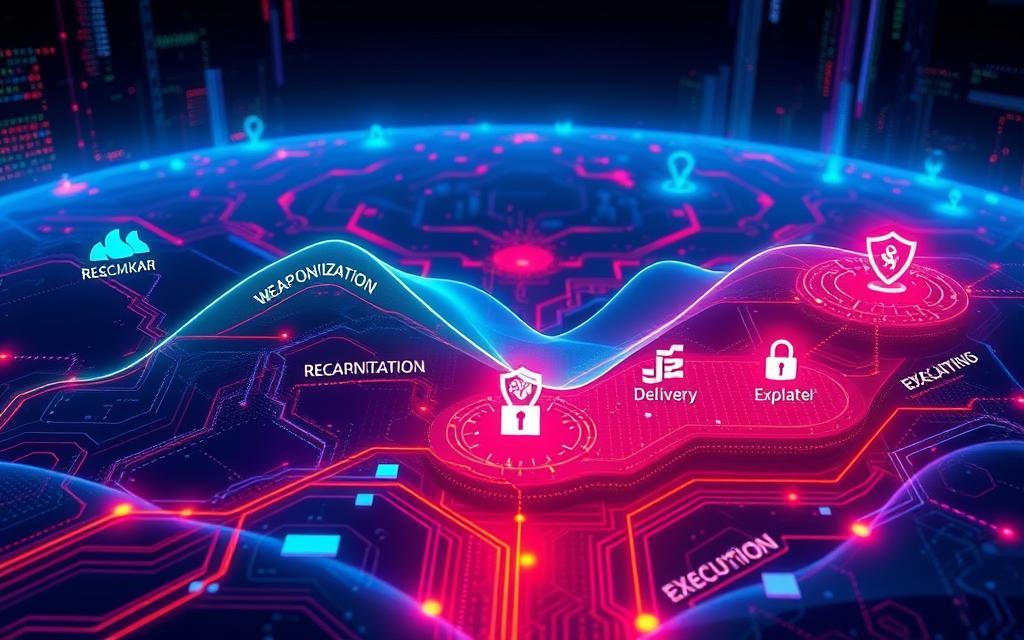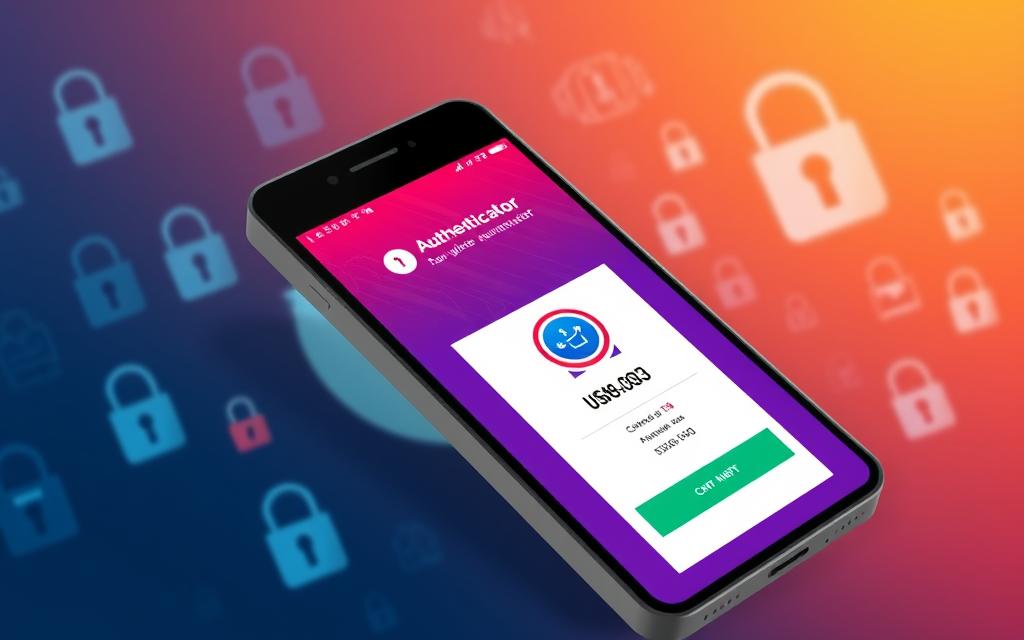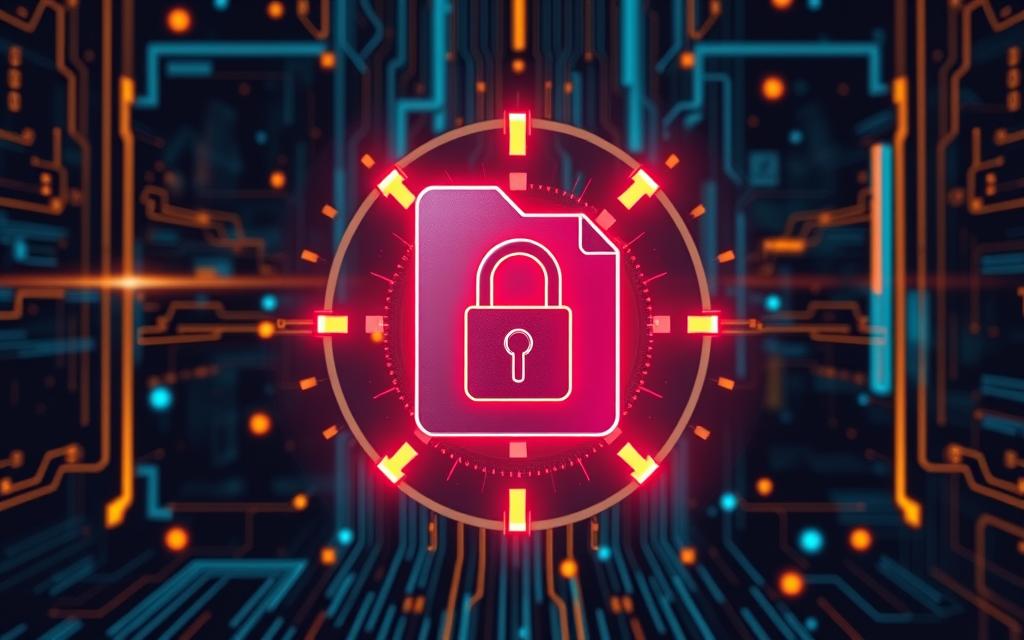cybersecarmor.com – How to secure your information in cyber security? Learn the best practices for securing your information in cyber security. Stay safe online with these essential tips and safeguard your data from threats.
In today’s digital age, the question of how to secure your information in cyber security has never been more crucial. With increasing threats from hackers, malware, and data breaches, safeguarding personal and sensitive information is a top priority for individuals and businesses alike.
This guide provides you with the knowledge you need to protect your data effectively, from strong passwords to advanced encryption techniques. Whether you’re a casual user or tech-savvy, these steps will help you maintain control over your digital footprint and keep your data safe from malicious actors.
Table of Contents
ToggleWhat is Cyber Security and Why is it Important?
Cyber security refers to the practice of protecting systems, networks, and data from digital attacks. These cyber-attacks are aimed at accessing, altering, or destroying sensitive information, extorting money from users, or interrupting normal business processes.
With the rapid increase in internet usage and digital transactions, the importance of understanding how to secure your information in cyber security is greater than ever before.
Key Components of Cyber Security
Cyber security covers several key aspects:
- Network Security: Protecting the integrity of a network and preventing unauthorized access.
- Application Security: Ensuring software and devices are secure from threats.
- Information Security: Protecting data from unauthorized access and tampering.
- Disaster Recovery Planning: Having protocols in place for data recovery in the event of a breach.
- End-user Education: Teaching people the importance of cyber security and how to follow best practices.
Without robust cyber security practices, personal data, financial information, and even national security could be at risk.
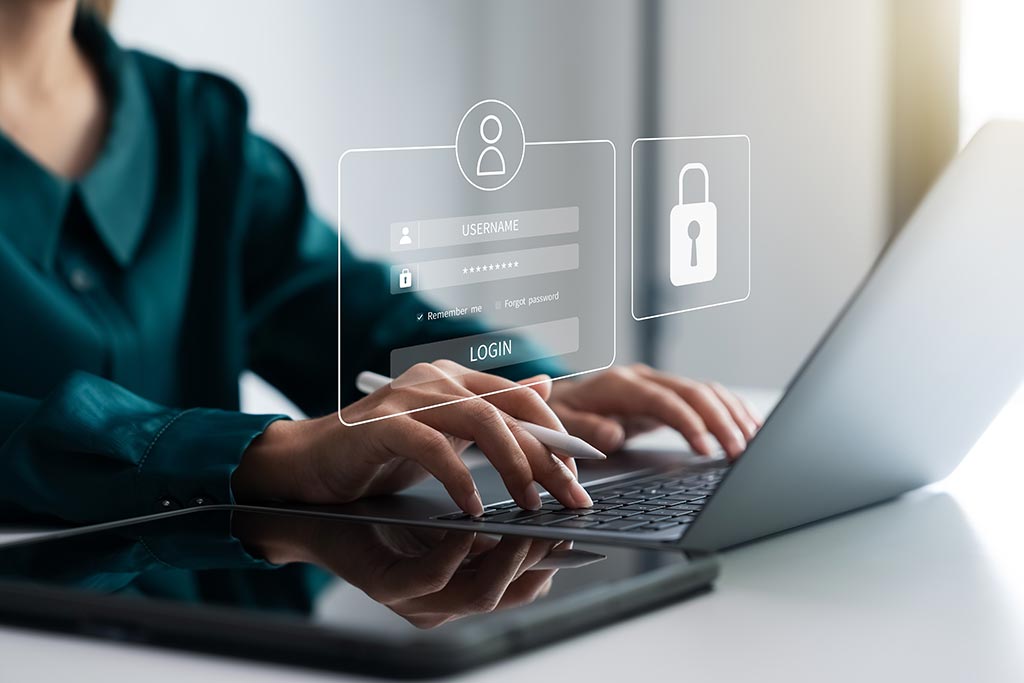
Why Is Your Information at Risk Online?
The internet, while incredibly convenient, is also a playground for cybercriminals. Every online transaction, social media post, or email opens a potential door for hackers. Cyber threats include phishing, ransomware, spyware, and malicious software.
These attacks can compromise your personal data, leading to identity theft or financial loss. That’s why understanding how to secure your information in cyber security is essential.
Common Cyber Threats
Here are some of the most common cyber threats:
- Phishing Attacks: Scammers send fraudulent messages that appear to be from reputable sources.
- Ransomware: This type of malware encrypts files, and hackers demand payment to unlock them.
- Spyware: Malicious software that spies on your computer activities without your knowledge.
- Denial of Service (DoS) Attacks: Hackers overwhelm a system, making it unavailable to users.
- Man-in-the-Middle Attacks: Intercepting communication between two systems to steal data.
Each of these attacks can lead to severe consequences if your cyber defenses are not up to par. Protecting your information online is a necessity.
How to Secure Your Information in Cyber Security
Now that you understand the threats, let’s dive into how to secure your information in cyber security. Following a few essential practices can significantly reduce the risk of cyberattacks and data breaches.
Create Strong, Unique Passwords
Passwords are your first line of defense in securing your information online. A weak password is like leaving your front door unlocked for hackers. The stronger your password, the harder it will be for cybercriminals to gain access to your accounts.
Best Practices for Strong Passwords
- Use a combination of letters, numbers, and symbols.
- Avoid using common words or easily guessed information (like birthdates).
- Make it long – at least 12 characters.
- Use a password manager to store and generate unique passwords.
- Regularly update your passwords.
By following these guidelines, you’ll make it much harder for attackers to crack your password.
Enable Two-Factor Authentication (2FA)
Two-factor authentication (2FA) adds an extra layer of security to your online accounts. Even if someone manages to steal your password, they’ll need a second piece of information (like a code sent to your phone) to access your account.
Benefits of 2FA
- Increased protection against unauthorized access.
- Prevents hackers from gaining control even if they have your password.
- Supports most major platforms (Google, Facebook, banking apps).
Enabling 2FA wherever possible is one of the most effective steps you can take to secure your information.
Use Encryption to Protect Sensitive Data
Encryption is a powerful tool in how to secure your information in cyber security. Encryption scrambles your data into unreadable code that can only be deciphered with the correct key.
Types of Encryption
- End-to-End Encryption: Ensures only the sender and recipient can read the data.
- AES Encryption: A standard used by governments to protect classified data.
- File Encryption: Encrypts files on your devices to protect them from unauthorized access.
By encrypting your sensitive data, you ensure that even if hackers gain access, they won’t be able to use the information.
Backup Your Data Regularly
No system is foolproof, which is why it’s crucial to back up your data. In the event of a cyber-attack or hardware failure, having backups allows you to restore your information with minimal disruption.
Best Backup Practices
- Use cloud-based storage with encryption.
- Schedule regular backups (daily or weekly).
- Keep multiple copies in different locations (cloud and external drives).
- Test your backups regularly to ensure they work.
With regular backups in place, you can avoid losing vital data to ransomware or system failures.
Be Wary of Phishing Scams
Phishing is one of the most common tactics used by cybercriminals. They trick you into giving up sensitive information by pretending to be legitimate sources, such as banks or social media platforms.
How to Spot a Phishing Attempt
- Look for spelling or grammatical errors in emails.
- Check the sender’s email address – is it from a trusted source?
- Never click on suspicious links or download attachments.
- If something feels off, contact the company directly to verify.
Knowing how to spot and avoid phishing attempts can save you from losing sensitive information to hackers.
Learning how to secure your information in cyber security is a critical step in protecting your data and privacy online. By following best practices such as creating strong passwords, enabling two-factor authentication, using encryption, and being vigilant against phishing scams, you can significantly reduce your risk of falling victim to cyber-attacks.
Always stay informed about the latest threats and security measures to ensure your digital safety.


